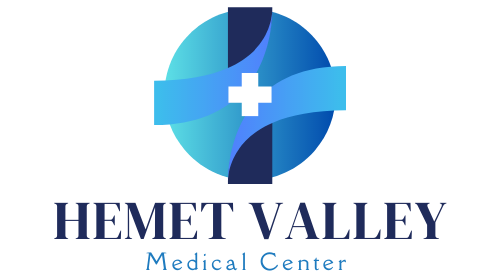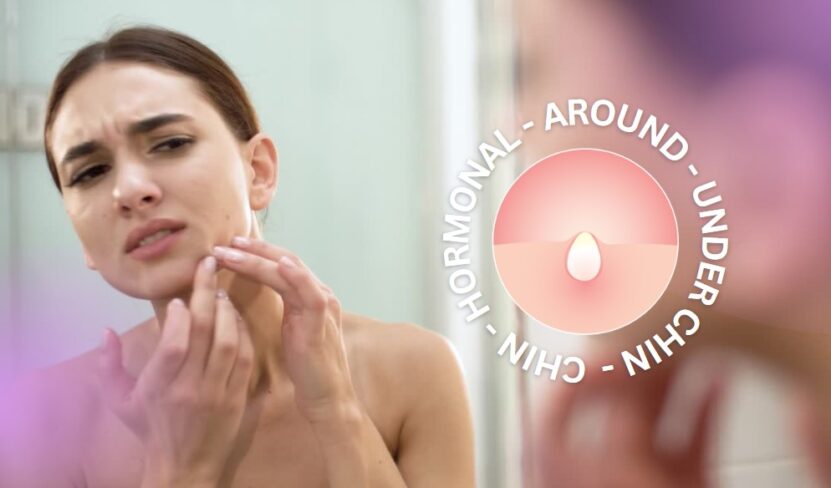Acne is a common skin condition marked by the appearance of different types of skin blemishes. When this condition occurs specifically on the chin area, it’s referred to as chin acne. Chin acne, like acne on other parts of the face, includes various blemishes such as whiteheads, blackheads, papules, pustules, nodules, and cysts. A more scientific term for acne, “acne vulgaris,” refers to the commonality of the condition.
Prevalence and Common Misconceptions
Despite them being most associated with adolescence, it is not confined to any age group. In fact, adult ones, particularly on the chin and jawline, is a prevalent issue affecting up to 55% of adults aged 20-40 years, more often in women. The exact cause of chin type varies and is not always tied to poor hygiene or consuming too much oily food, contrary to popular misconceptions.
Importance of Understanding the Causes and Treatments
Understanding the causes and treatments of chin acne is crucial because it directly impacts individuals’ emotional wellbeing and self-esteem. A clearer understanding will enable us to prevent, treat, and manage them more effectively, fostering overall skin health.
Understanding Chin Acne
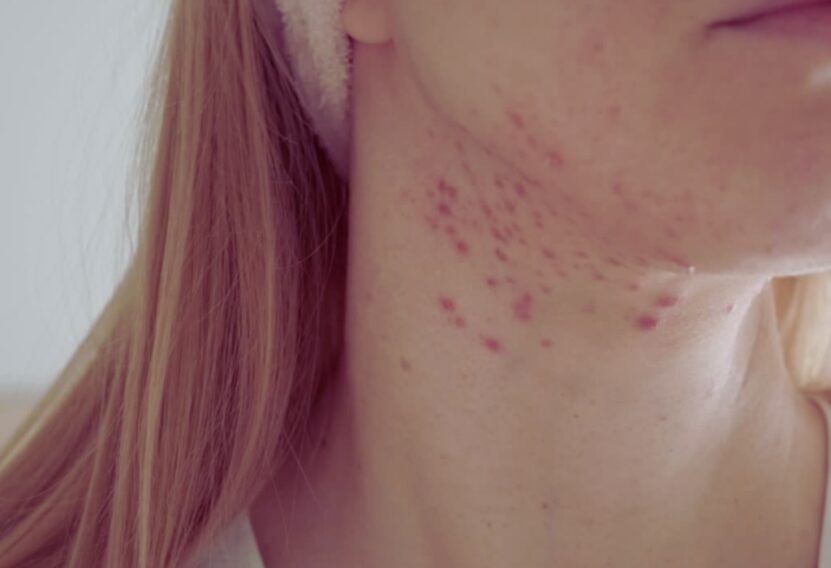
Acne is characterized by the overproduction of sebum an oily substance that hydrates the skin by sebaceous glands. When this sebum is mixed with dead skin cells, it can clog pores, creating an ideal environment for the acne-causing bacteria “Propionibacterium acnes” to thrive, leading to inflammation and acne.
Types of Acne and Their Specific Features
Acne varies in severity from mild to severe and is categorized into several types. Whiteheads and blackheads are considered mild forms, with red, inflamed pimples known as papules and pustules representing a more moderate form. The severe form is characterized by larger, more painful lesions known as nodules and cysts.
Focus on Chin Acne: Unique Characteristics and Challenges
Chin acne, often linked to hormonal fluctuations, is one of the most stubborn forms of acne due to the chin and jawline sensitivity to hormonal changes. It often proves challenging due to its underlying causes and frequently reappears even after initial treatment.
Causes of Chin Acne
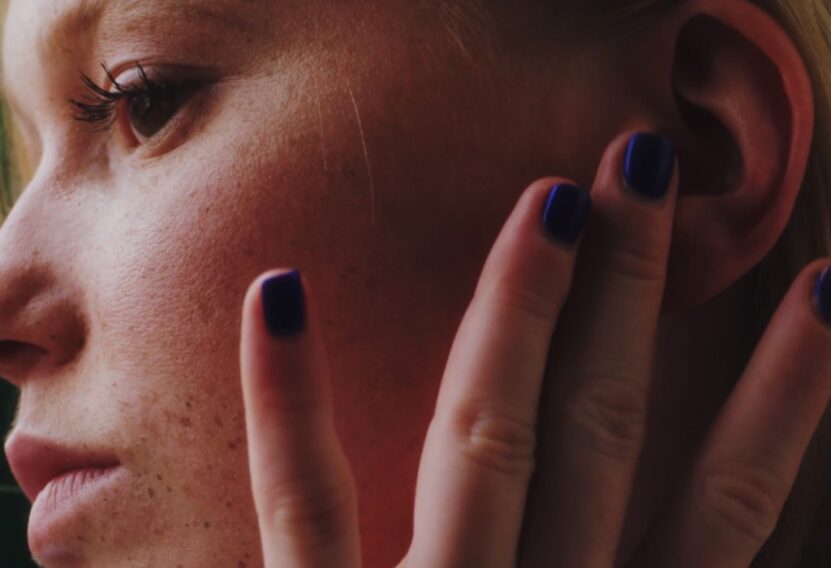
The primary culprits behind chin acne are androgens, male hormones present in both sexes. During certain periods like menstruation, pregnancy, and menopause, these hormones can fluctuate, triggering an overproduction of sebum, leading to the development of this condition.
Genetic Predisposition and Family History
Genetics also plays a significant role in developing chin type. If your parents or siblings experienced severe conditions of this type, you are more likely to experience it too.
Poor Skincare Habits and Hygiene
While poor hygiene alone doesn’t cause them, neglecting your skincare can exacerbate the problem. Over-cleansing or using harsh products can strip the skin of its natural oils, causing it to produce more oil, thereby contributing to the creation of these pimples.
Diet and its Impact on Chin Acne
Certain foods, particularly those high in sugars and dairy products, can also trigger zits. These foods may stimulate insulin production, which indirectly leads to an increase in sebum production.
Painful Chin Acne
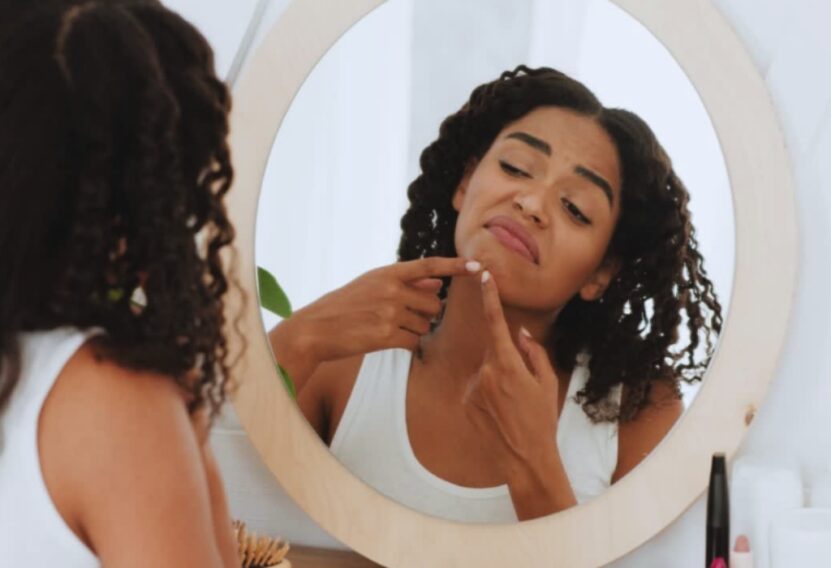
Pain associated with them is primarily due to inflammation resulting from the body’s immune response to the acne-causing bacteria. This inflammation, combined with the pressure from the buildup of sebum and dead skin cells, results in painful acne lesions.
Inflammation and Its Effects on Acne Pain
Inflamed ones, such as papules, pustules, nodules, and cysts, tend to be painful due to the severity of the inflammation and the depth of the lesions within the skin.
Recognizing Severe Cases: Cystic Acne and Its Pain Levels
Cystic acne, the most severe form of this condition, is especially painful due to its deep location in the skin and its significant inflammatory response. This form is more likely to leave behind scars and requires medical intervention.
Seeking Medical Advice for Painful Chin Acne
When they become severe and painful, it’s essential to seek advice from a healthcare professional or dermatologist. They can recommend specific treatments that can reduce inflammation and pain, prevent scarring, and treat the condition effectively.
Treating Chin Acne
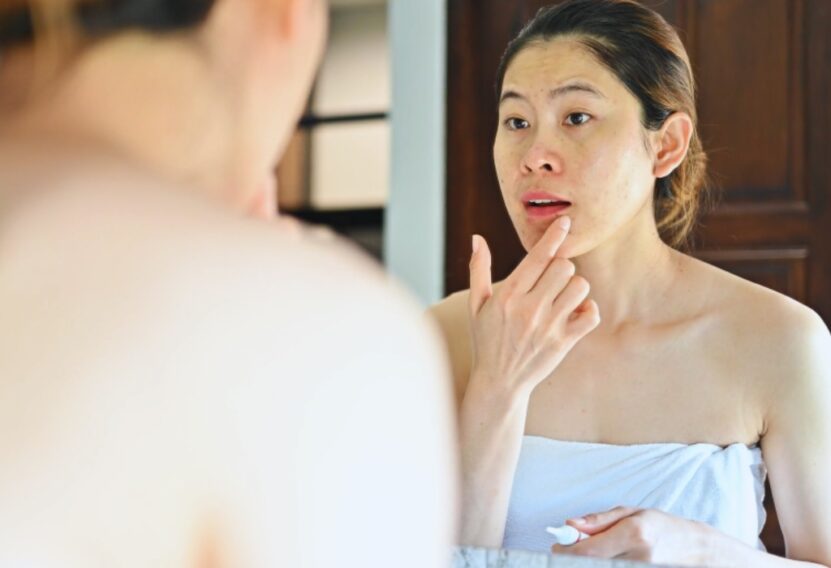
A skincare routine centered on gentle cleansing, adequate moisturizing, and regular exfoliation can help manage chin type. It’s important to choose non-comedogenic products that won’t clog pores.
Over-the-Counter Treatments: Salicylic Acid, Benzoyl Peroxide, etc.
Over-the-counter (OTC) treatments are often the first line of defense against this condition. Salicylic acid and benzoyl peroxide are two commonly used ingredients that can help unclog pores and reduce inflammation.
Prescription Medications: Topical and Oral Options
Prescription treatments are often necessary for more severe or persistent acne. Topical retinoids and antibiotics, oral antibiotics, or even oral contraceptives (for women) are commonly prescribed.
Lifestyle Changes: Diet, Stress Management, and Exercise
A holistic approach to managing chin acne includes a balanced diet, regular exercise, and stress management. These factors can help regulate hormonal balance and thus, control this condition.
Professional Treatments: Dermatological Procedures for Stubborn Chin Acne
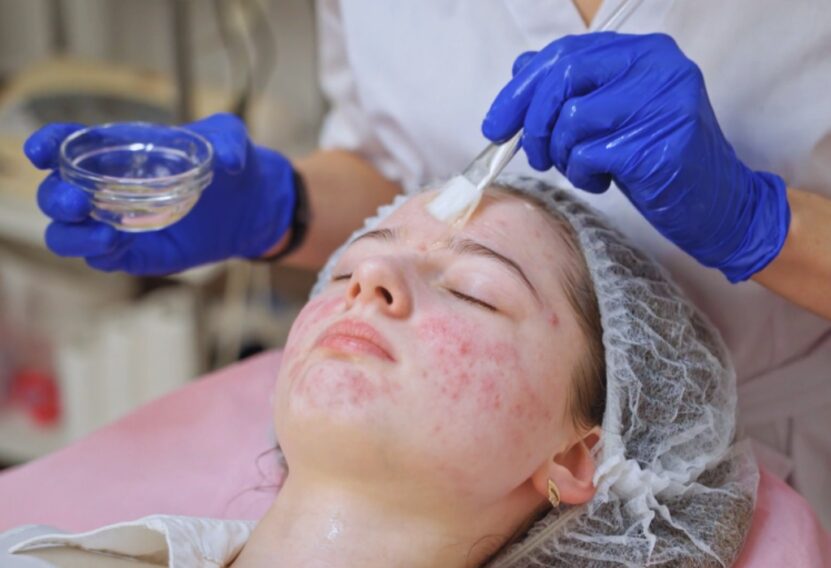
Professional treatments, such as laser therapy, chemical peels, or even extraction, may be an option for stubborn or severe chin acne. A dermatologist can guide you on the best course of action.
Prevention and Long-Term Management
First step is establishing a consistent skincare routine. A consistent skincare routine is essential for this condition prevention. This includes cleansing, toning, moisturizing, and applying sunscreen daily, and regular exfoliation.
Identifying Triggers and Avoiding Them
Each individual may have specific triggers for this type of zits, from certain foods to stress. Identifying and avoiding these triggers can help manage them in the long term.
Hormonal Management and Birth Control Options
For women who experience hormonal type, certain birth control methods can help regulate hormone levels and decrease acne occurrence. It’s essential to discuss this with a healthcare provider.
Regular Check-Ups with a Dermatologist for Effective Long-Term Management
Regular dermatologist visits can ensure your acne is effectively managed over the long term. They can adjust your treatment as needed and help prevent scarring.
Embracing Self-Care and Self-Acceptance Throughout the Journey
Finally, dealing with this condition is as much an emotional journey as a physical one. Embrace self-care routines that promote relaxation and stress reduction. And remember, acne doesn’t define your worth or beauty—embrace self-acceptance, and know that you’re not alone in your journey.
